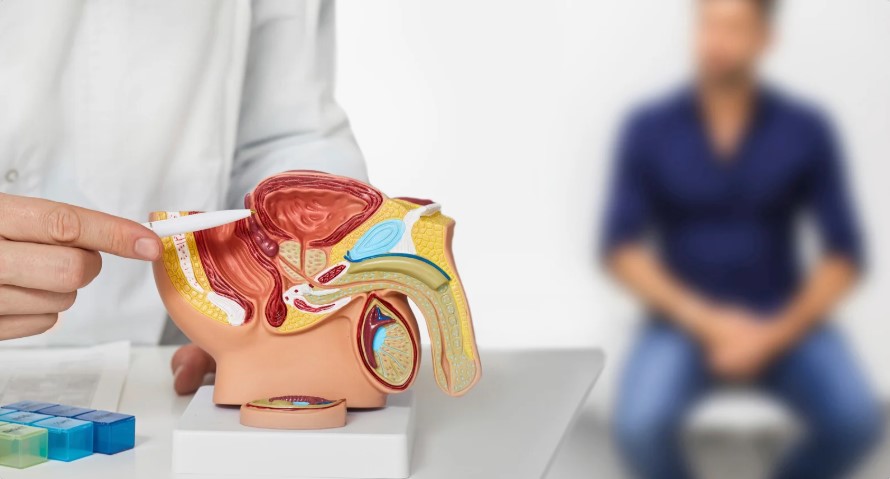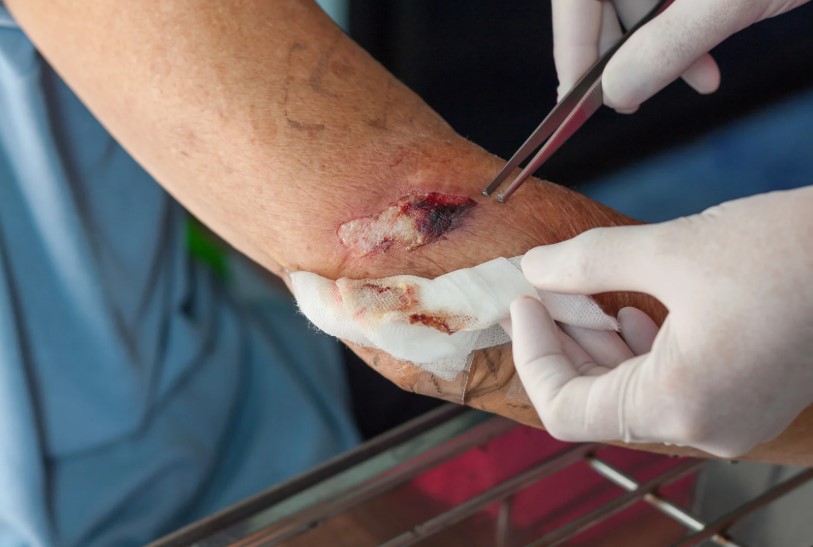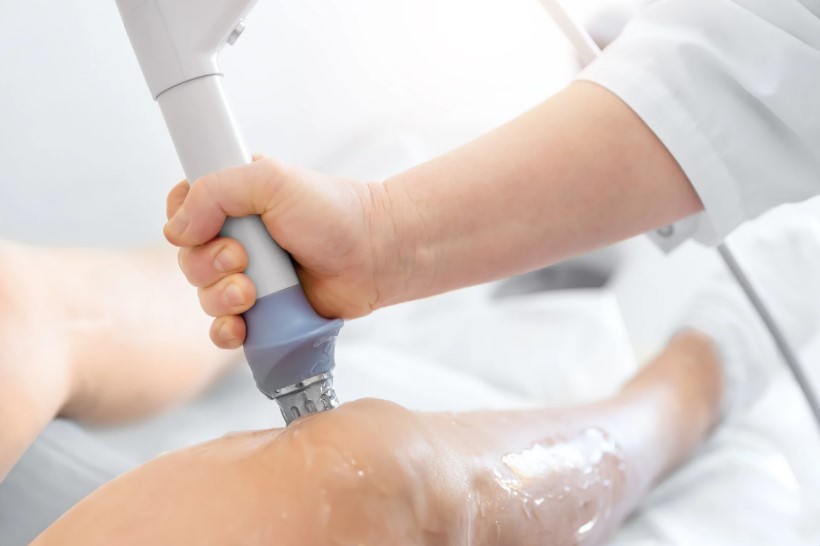Pelvic organ prolapse is a condition that can quietly disrupt a woman’s quality of life, making simple daily tasks more challenging. Whether caused by pregnancy, childbirth, aging, or lifestyle factors, it often leads to pressure, discomfort, and limitations in movement. Prolapse therapy offers a non-surgical, natural solution to help women regain comfort, restore function, and improve confidence. For those seeking expert care, Osteopractic Physical Therapy of Central Indiana provides specialized prolapse therapy programs tailored to individual needs.
What is Pelvic Organ Prolapse?
Pelvic organ prolapse occurs when the muscles and tissues that support the pelvic organs weaken, allowing organs such as the bladder, uterus, or rectum to descend into the vaginal canal. Women may notice symptoms such as a heavy or pulling sensation in the pelvis, urinary leakage, or difficulty with bowel movements. While it is a common condition, especially among women who have given birth or are postmenopausal, it does not have to be accepted as a normal part of life. With the right prolapse therapy, women can significantly reduce symptoms and regain control.
How Pelvic Organ Prolapse Impacts Daily Function
The effects of prolapse extend beyond physical discomfort. Women may find it difficult to walk, lift, or even sit comfortably for long periods. Household chores and exercise routines often become more challenging. Emotionally, prolapse can lead to embarrassment, frustration, and reduced social participation. It may even interfere with intimacy and relationships. Prolapse therapy addresses both the physical and emotional aspects of the condition, helping women restore function while also regaining confidence in their daily lives.
The Role of Therapy in Prolapse Management
Many women fear that surgery is the only solution for pelvic organ prolapse. However, prolapse therapy offers a highly effective, non-invasive alternative. Pelvic floor physical therapy is often recommended as the first line of treatment, as it targets the root cause: weak or imbalanced pelvic muscles. At Osteopractic Physical Therapy of Central Indiana, prolapse therapy is designed to strengthen, retrain, and protect the pelvic floor so that women can avoid unnecessary procedures and instead focus on sustainable, natural healing.
Key Therapy Approaches for Pelvic Organ Prolapse
Prolapse therapy involves a combination of targeted techniques and education that empower women to take control of their pelvic health. Some of the most effective methods include:
- Pelvic floor muscle training: Guided exercises such as Kegels help women learn how to properly contract and relax their pelvic floor, improving strength and endurance.
- Biofeedback and electrical stimulation: These tools provide valuable feedback and assistance in activating the correct muscles, especially for women struggling to feel the proper engagement.
- Manual therapy: Hands-on techniques address muscle imbalances, improve alignment, and enhance pelvic stability.
- Breathing and posture training: Proper breathing reduces abdominal pressure, while posture techniques help relieve unnecessary strain on pelvic organs.
- Lifestyle education: Learning strategies for lifting, managing constipation, and maintaining a healthy weight further supports daily function and comfort.
Osteopractic Physical Therapy of Central Indiana integrates all of these approaches into customized prolapse therapy programs, ensuring that each woman receives care tailored to her specific symptoms and lifestyle.
Daily Benefits of Prolapse Therapy
Consistent prolapse therapy provides noticeable improvements in daily comfort. Women often experience less pressure in the pelvic region, greater bladder and bowel control, and improved freedom of movement. Even simple joys like playing with children, exercising, or going for long walks become easier and more enjoyable. Beyond physical comfort, therapy also boosts self-esteem and reduces the emotional burden of living with prolapse.
Long-Term Outlook with Consistent Therapy
When women commit to prolapse therapy, they are investing in long-term pelvic health. Strengthening the pelvic floor helps prevent further progression of prolapse, lowering the likelihood of future complications or surgical interventions. For women recovering postpartum or navigating changes associated with aging, therapy supports resilience and stability for years to come. Osteopractic Physical Therapy of Central Indiana emphasizes consistency and education so that women can maintain lasting results.
When to Seek Professional Help
If you notice symptoms such as pelvic heaviness, urinary leakage, or difficulty with bowel movements, it may be time to consult a pelvic floor specialist. Prolapse therapy is most effective when started early, but even women with advanced symptoms can benefit. At Osteopractic Physical Therapy of Central Indiana, each client undergoes a thorough evaluation and receives a personalized plan that fits her goals, lifestyle, and comfort level. Seeking professional support ensures you are not navigating prolapse alone.
Takeaway
Prolapse therapy is a powerful, natural way to restore comfort, strengthen pelvic function, and improve quality of life. By focusing on strengthening the body and teaching strategies for everyday living, women can regain control without relying solely on surgical options. Osteopractic Physical Therapy of Central Indiana is the best choice for women seeking compassionate, expert prolapse therapy that delivers both immediate relief and long-term results.
FAQ Section
Can pelvic organ prolapse be reversed with therapy?
Prolapse therapy cannot always fully reverse prolapse, but it can significantly reduce symptoms, slow progression, and improve daily comfort.
How long does it take to see improvements from prolapse therapy?
Many women notice improvements within a few weeks, though lasting results typically develop with consistent therapy over several months.
Is prolapse therapy painful?
No, prolapse therapy is gentle and tailored to your comfort level. Most women find it empowering and relieving rather than painful.
Can therapy help avoid surgery for prolapse?
Yes, for many women, consistent prolapse therapy provides enough relief to delay or even avoid surgery altogether.
Who is the right candidate for prolapse therapy?
Any woman experiencing pelvic heaviness, pressure, or urinary and bowel changes may benefit. Prolapse therapy is especially effective for postpartum women and those seeking non-surgical solutions.











